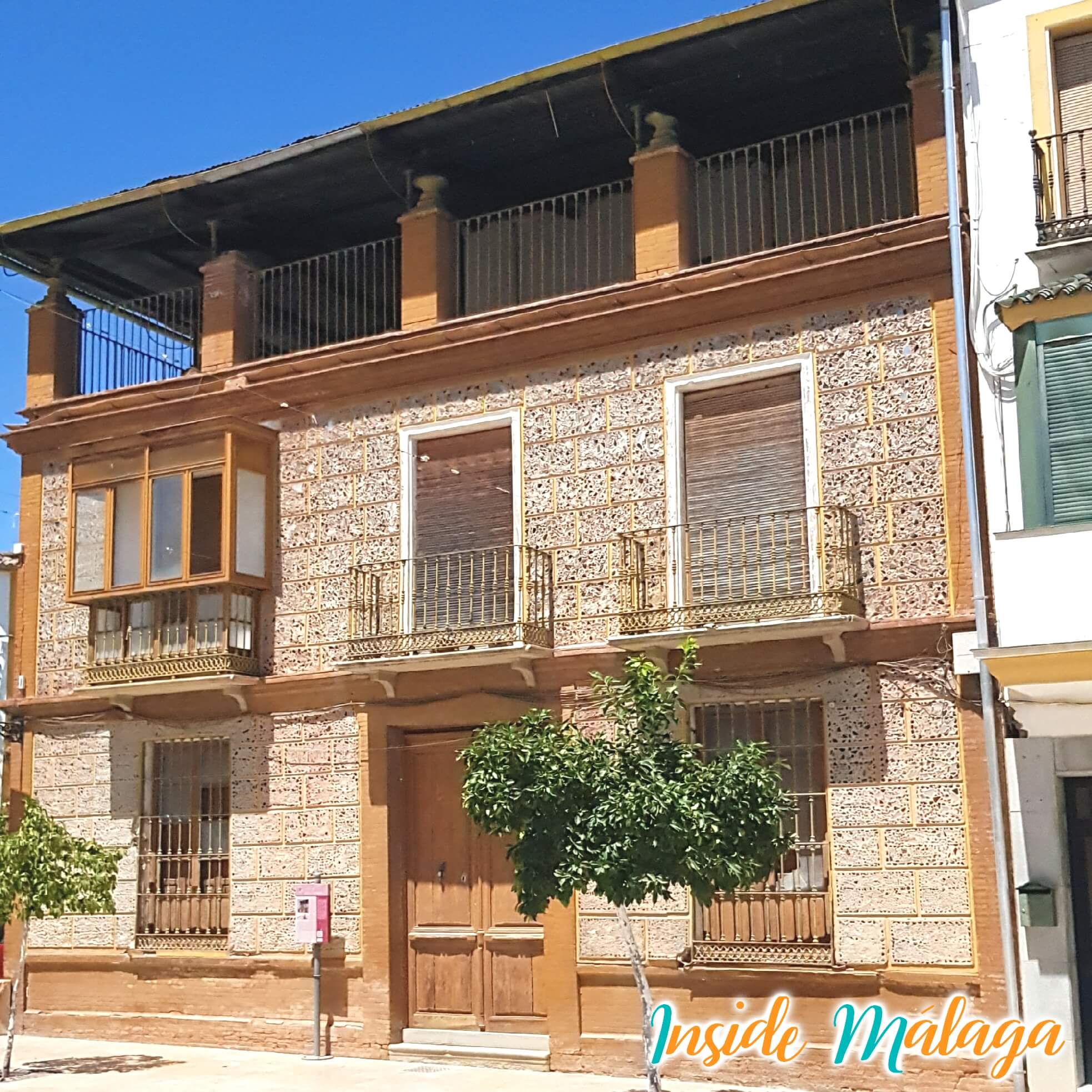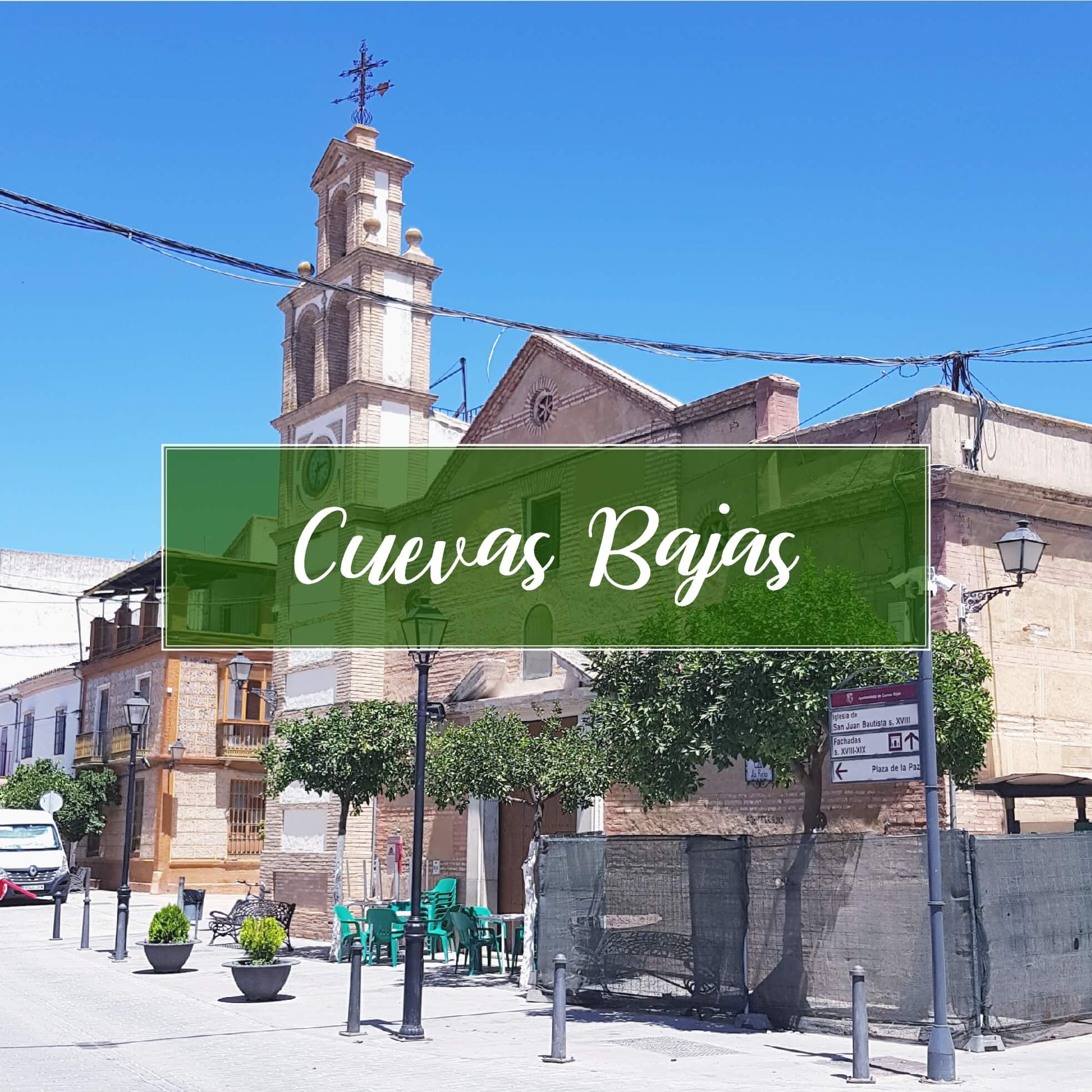Cuevas Bajas, the last village of the province that borders Córdoba, with the beautiful valley and the Genil river “Where Malaga looks out over the Genil”.
Where is Cuevas Bajas located
Cuevas Bajas is located 74km from Malaga capital with a population of 1.395 inhabitants. The municipal term has a dimension of almost 17km square.
Origen del nombre de Cuevas Bajas
Recibe su nombre de la gran cantidad de número de cuevas naturales en la zona. Aunque durante la Edad Media se denominaba “Cuevas de Belda” a las villas de Cuevas Bajas y Cuevas de San Marcos.
Origin of the name of Cuevas Bajas
It gets its name from the large number of natural caves in the area. Although during the Middle Ages the towns of Cuevas Bajas and Cuevas de San Marcos were called “Cuevas de Belda”.
Denonym of the people of Cuevas Bajas
The inhabitants are called “cueveño or cueveña“.
Monuments and places of interest en Cuevas Bajas
- Church of San Juan Bautista: The temple was built during the first half of the 18th century. The work was carried out by the Antequerano architect Juan de Reina. We highlight its masonry and brick facade with a bell tower finished with a triangular pediment with a weather vane and cross. The altar of the church dates from the year 1706 and its red marble baptismal font from 1606. The interior houses the images of Jesus Nazareno, an image of Saint Joseph and the image of the Virgin of Sorrows.

- Noria de la Agusadera: Located in the area surrounded by poplars known as “La Isla” and is one of the most beautiful places on the Genil River. In this place there is a 200-year-old waterwheel that draws water from the Genil river to irrigate the “La Agusadera” area. This 19th century Ferris wheel has become the symbol of the village.
- House of Crystals: Located in the center of the village. A unique construction in the province of Malaga, it was built at the beginning of the 20th century. It is a good example of the economic prosperity of the last century. The peculiarity of the house is that its façade and wall have pieces of glass and mirror embedded. Let’s see if you can see on the facade in what year it was built?

- Felipe Quintana House
- Oil Factory Chimney
- Hermitage of San Antón
- Plaza María Victoria

For more information about Cuevas Bajas Village: visit the City Council page
